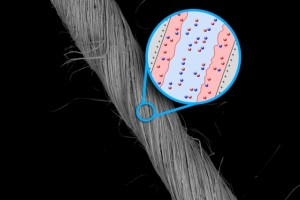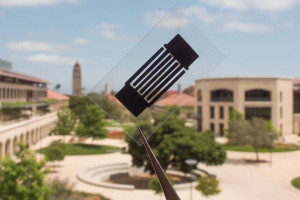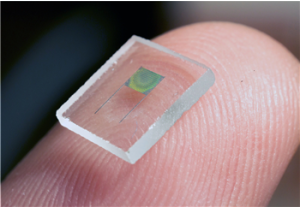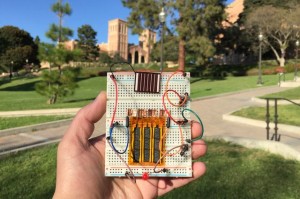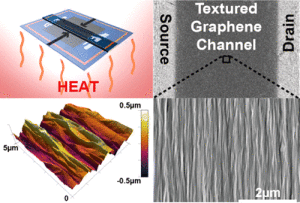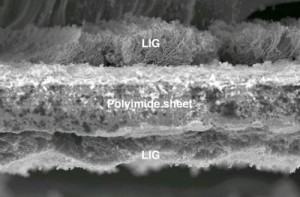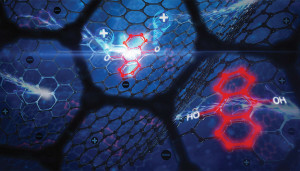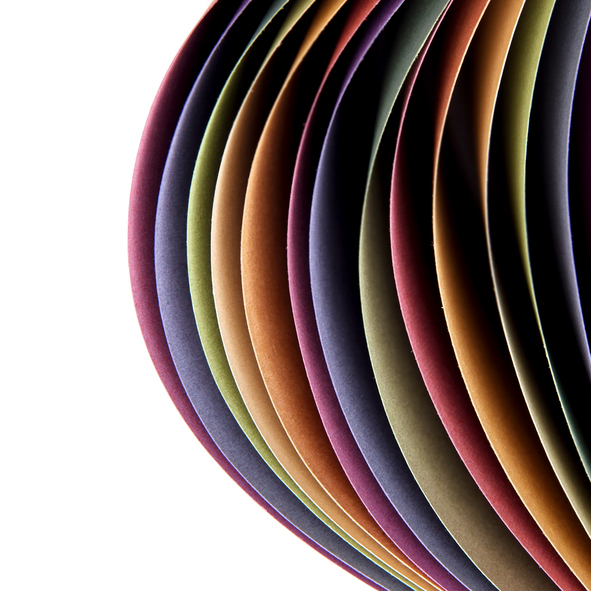 A new flexible, paper-based supercapacitor could power wearable electronics.
A new flexible, paper-based supercapacitor could power wearable electronics.
The device uses metallic nanoparticles to coat cellulose fibers in the paper, creating supercapacitor electrodes with high energy and power densities—and the best performance so far in a textile-based supercapacitor.
By implanting conductive and charge storage materials in the paper, the researchers’ layer-by-layer technique creates large surface areas that function as current collectors and nanoparticle reservoirs for the electrodes. Testing shows that devices fabricated with the technique can be folded thousands of times without affecting conductivity.
“This type of flexible energy storage device could provide unique opportunities for connectivity among wearable and internet of things devices,” says Seung Woo Lee, an assistant professor in the Woodruff School of Mechanical Engineering at the Georgia Institute of Technology. “We could support an evolution of the most advanced portable electronics. We also have an opportunity to combine this supercapacitor with energy-harvesting devices that could power biomedical sensors, consumer and military electronics, and similar applications.”


